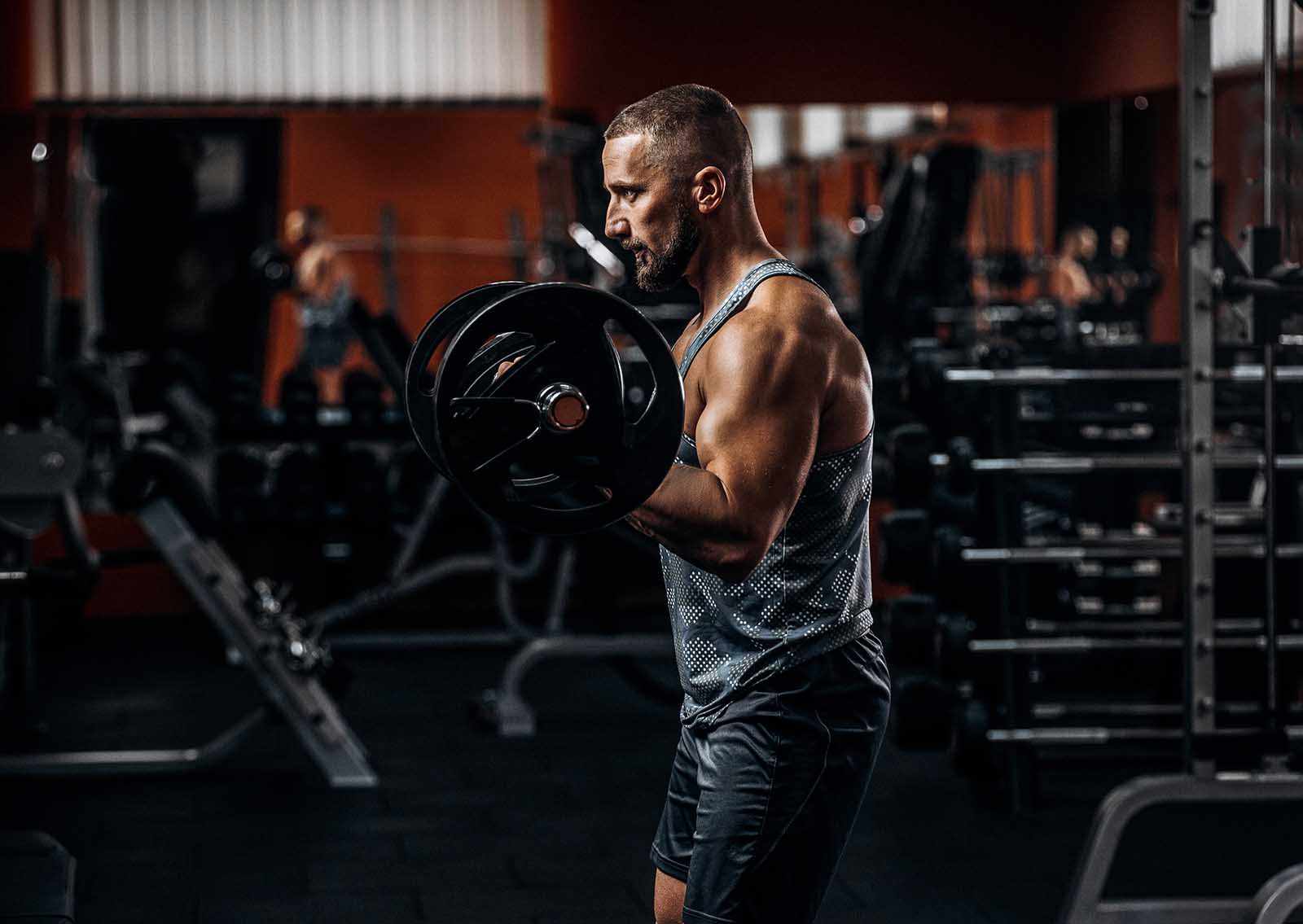
Increasing Muscle Mass: Add More Weight or More Reps?
Increasing muscle mass is a common goal for many fitness enthusiasts, athletes, and individuals looking to improve their physical appearance or performance.
A frequent question arises in the quest for bigger muscles: is it more effective to lift heavier weights or to increase the number of repetitions with lighter weights?
Understanding Muscle Hypertrophy
Muscle hypertrophy occurs when muscle fibers undergo damage or stress, leading to cellular responses and adaptations that result in an increase in muscle size.
Two primary mechanisms contribute to muscle growth: mechanical tension and metabolic stress.
- Mechanical tension involves lifting heavy weights, which leads to muscle strength and hypertrophy by causing micro-tears in muscle fibers.
- Metabolic stress, on the other hand, results from lifting lighter weights for more repetitions, creating a build-up of metabolites like lactate, which also contributes to muscle growth.
The Case for Lifting Heavy Weights
Lifting heavy weights (typically defined as weights that you can lift for 6-12 reps before muscle failure) is traditionally associated with greater increases in muscle strength and size. This method emphasizes mechanical tension, a powerful stimulus for muscle growth.
By lifting heavier, you’re not only engaging the targeted muscles but also recruiting surrounding muscle fibers, leading to comprehensive strength improvements and muscle gains.
Additionally, heavy lifting increases the production of anabolic hormones such as testosterone and growth hormone, which further supports muscle growth.
The Case for More Repetitions with Lighter Weights
Recent studies suggest that lifting lighter weights (to the point of muscle failure) can be just as effective as heavy lifting for increasing muscle mass. This approach focuses on metabolic stress and muscle endurance.
When you perform more repetitions with lighter weights, you increase the time under tension, which can effectively stimulate muscle growth.
Furthermore, this method is associated with a lower risk of injury, making it a suitable option for beginners or those recovering from injuries.

Combining Both Methods for Optimal Growth
For optimal muscle growth, incorporating both heavy lifting and high-repetition workouts into your routine may be the most effective strategy. This combination allows you to exploit both mechanical tension and metabolic stress, maximizing muscle growth and strength gains.
For example, you could focus on heavy lifting for major muscle groups early in your workout when you’re freshest and then switch to lighter weights with more repetitions to target the same or different muscle groups.
Practical Tips
- Periodization: Vary your workout routine over time, alternating phases of heavy weights and lower reps with phases of lighter weights and higher reps.
- Listen to Your Body: Pay attention to how your body responds to different training stimuli and adjust your workout plan accordingly.
- Nutrition and Recovery: Ensure you’re consuming enough protein and calories to support muscle growth, and allow adequate rest and recovery between workouts.
Conclusion
Both lifting heavier weights with fewer repetitions and lifting lighter weights with more repetitions can be effective for increasing muscle mass.
The best approach depends on your fitness level, goals, and preferences.
For most people, a combination of both methods, tailored to their unique circumstances, will yield the best results.
Remember, consistency, proper nutrition, and recovery are just as important as your chosen workout strategy.



